IT’S full of national treasures, hidden gems and the most remarkable cultural transformation from the early 19th century to today.
Whether it’s been through the “big three” of the Harbour Bridge, Luna Park and grand Olympic pool or early settlers such as Billy Blue, North Sydney has been influenced by many events and people that have shaped its identity as one of Australia’s most historically significant areas.
Today, North Sydney’s pre-eminent historian, Dr Ian Hoskins, is lifting the lid of some of the region’s untold stories surrounding the national icons and what he says is the lower north shore’s biggest heritage loss.

It’s a little-known fact, but Australia’s first Prime Minister, Edmund Barton, lived in the North Sydney area in the years leading up to federation in 1901.
According to Dr Hoskins, it was in a big house called “Miandetta” in Carabella St, Kirribilli.
“Barton was there between 1898 and 1900, at such an important time in Australia’s history as federation was being discussed,” the North Sydney Council historian said.

“But, incredibly, Miandetta was demolished in 1963 and no one gave a damn at the time. It was replaced by a gargantuan block of flats. And it is one of the most extraordinary heritage losses locally.”
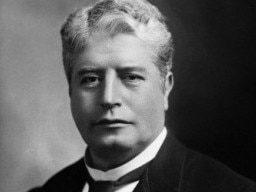
Dr Hoskins said the 1960s across Sydney was “a time of absolute heritage destruction”.
“The Heritage Act was signed in 1977, but up until then, important pieces of Sydney’s history were torn down,” he said.
The respected author of several books on Sydney’s history rates the Harbour Bridge, Luna Park and North Sydney Olympic Pool — all built in 1930s — as the region’s biggest national icons, ahead of the likes of Kirribilli House and Admiralty House.
He says the Harbour Bridge, opened on March 19, 1932, not only transformed Sydney but it had a huge impact on North Sydney.

“It transformed the harbour because it undermines the ferry business. What was a bustling harbour of ferries … the bridge takes a lot of the business away,” Dr Hoskins said.
“It also gutted the businesses at Milsons Point because so many were knocked down to build the bridge. And with the new Pacific Highway, which was named just after the bridge is built, Crows Nest got a big boost out of it.”
DOUBLE DELIGHT
He said the opening of Luna Park on October 4, 1935, and the harbourside pool — which is bound for a $30 million redevelopment — on April 4, 1936, not only changed the face of North Sydney, but also reinforced its world-class status.
“North Sydney Olympic Pool was built near where the workshops for the bridge were,” Dr Hoskins said. “Once the workshops are dismantled, there’s this five acres on the foreshore which is given to North Sydney Council.
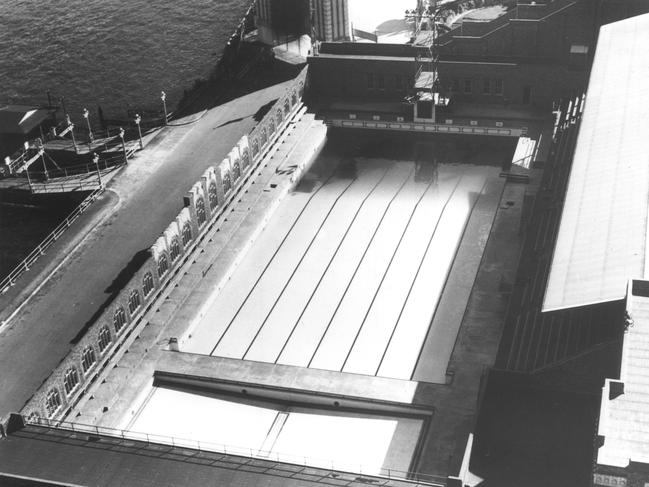
“The harbour at the time was filthy; full of dead dogs and seagulls and all this crap that’s fallen off ships. So council invests about 40,000 pounds, which was a huge amount of money at the worst point of the Great Depression, in building a state-of-the-art swimming pool.
“It was that good that it was used as the pool for the 1938 Empire Games (now called the Commonwealth Games). More swimming world records — at least 80 — have been broken at North Sydney Olympic Pool than any other pool in the world.
“Dawn Fraser, Shane Gould, John Konrads — all the famous names of Australian swimming — broke records there.”
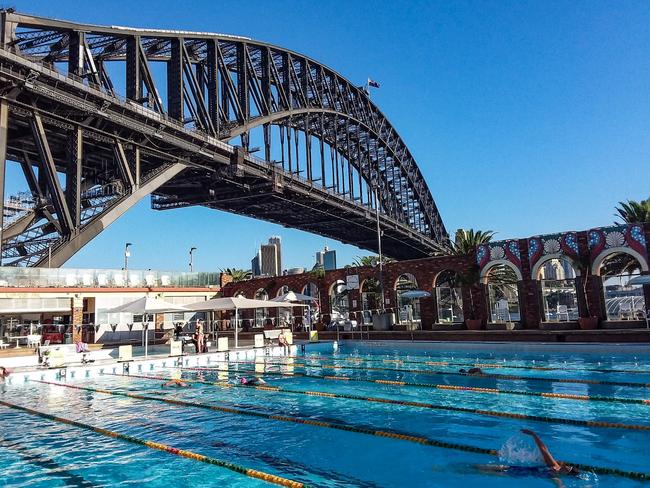
PARK’S RECOGNITION OF AMERICAN CULTURE
Dr Hoskins said Luna Park — which pays homage to the finest 1930s art deco heritage buildings — was now one of the world’s last remaining amusement parks from before WWII.
“If you carefully look at the entrance face, the most iconic part of the park, look at the towers on either side of the big smiling face,” he said. “They’re the Chrysler tower, the iconic art deco skyscraper in New York from the 1930s. It was this extraordinary embracing of American culture.”
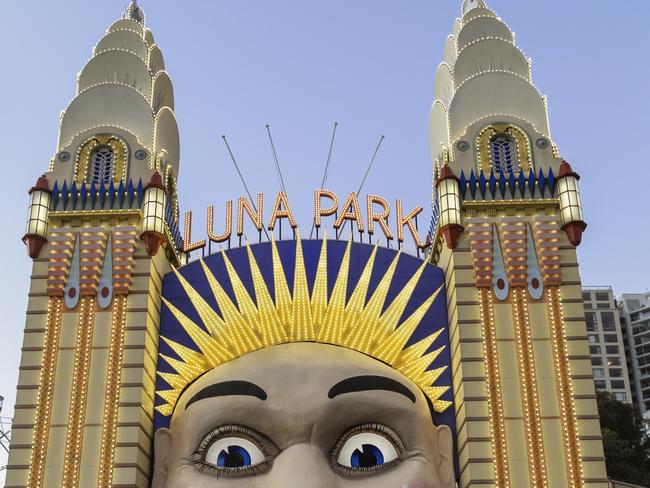
He revealed Luna Park was a favourite haunt for servicemen in the 1940s.
“During World War II, Luna Park was a magnet for servicemen; both those treating their girlfriends to a night out, and those looking to meet someone,” he said.
“The park’s external lights were ‘browned out’ in case of a Japanese sneak attack on Sydney.
“It was known for a strong presence of prostitutes there because of the number of servicemen during the war.”
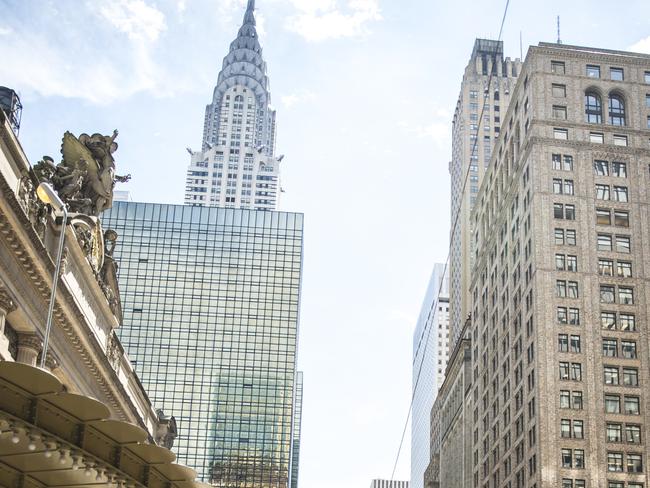
He said Luna Park was an “instant success” and its heyday lasted all the way through to the 1970s.
“The queues to get into the park were huge back in the 1960s,” he said.
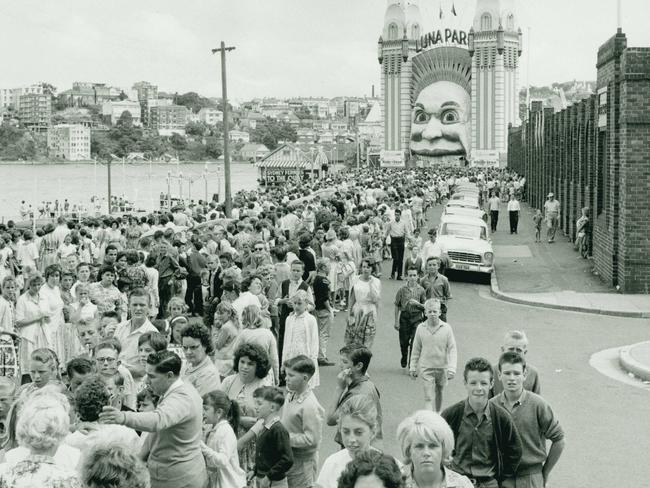
EARLY TURNING POINT FOR NORTH SYDNEY
Dr Hoskins said the turning point in the early development of North Sydney came shortly after the gold rush in the 1850s.
“Before then there were only a few hundred people living all the way from Wollstonecraft across to Mosman,” he said.
“In the 1850s the turning point then came after the gold rush settled down and people returned to Sydney, which starts really growing.

“And there was a regular ferry service by the 1860s, making the northside very attractive.
“That few hundred figure grew dramatically by 1890 to 17,000, and most were living close to the water.
“They’d had their businesses on the southside and could now walk to the ferry.”
He said recent research had uncovered a surprisingly large number of Chinese living in on the north shore during the late 19th century.

“It wasn’t quite a Chinatown back then in North Sydney, but they were there in numbers when you look at the ledger books. And most of them were either shopkeepers or market gardeners,” Dr Hoskins said.
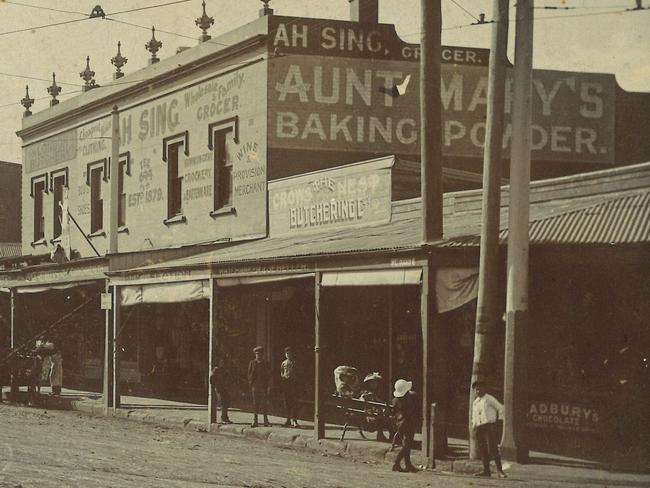
Asked how he would describe North Sydney’s identity change over the past 200 years, he said: “It is an area that was once working class with a few large houses and a working waterfront, and is now quite an affluent area in a way that harbours across the world have become more gentrified.
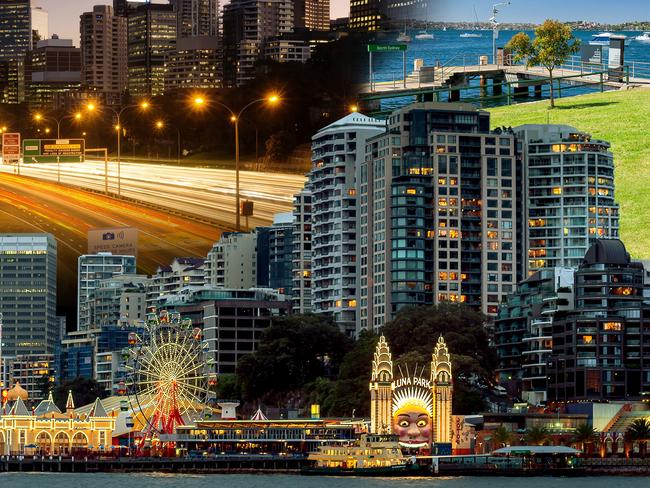
“It has a rich history and there are these pockets of magic that just survive.
“It is undoubtedly one of the most beautiful locations in Australia.”
BIZARRE AND BEAUTIFUL
IAN Hoskins doesn’t particularly like the term “hidden gems”. He prefers to call them “gems that locals sometimes need reminding of”.
Regardless, outside the nationally significant natural and man-made wonders that exist in North Sydney, there are a raft of other sites that are no less important to locals.
Among them are the 1880s-built Kirribilli terraces, Woodleys Boatshed, Northbridge suspension bridge and Maccallum Seawater Pool, a unique 33m pool on the western side of Cremorne Point.

Dr Hoskins said Lavender Bay, birthplace of the Australian crawl (which later became freestyle), was another “incredible feature” of North Sydney.
“It’s where Brett Whiteley did his paintings, and (his ex-wife) Wendy still lives there,” he said.
He also talked up the historical importance of Woodleys Boatshed at Berrys Bay, which was built in 1906.
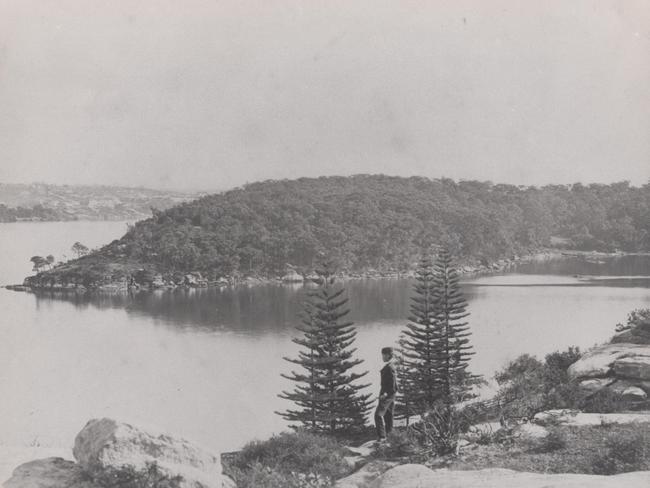
“It is Sydney’s most significant surviving boatshed from the early 20th century,” he said. “They were commonplace back in the day, but it’s the last of them.”
The award-winning historian said there was also the “bizarre but beautiful” Northbridge suspension bridge, which opened to traffic in 1892.

“It was built as part of a failed suburban development in the 1890s,” Dr Hoskins said.
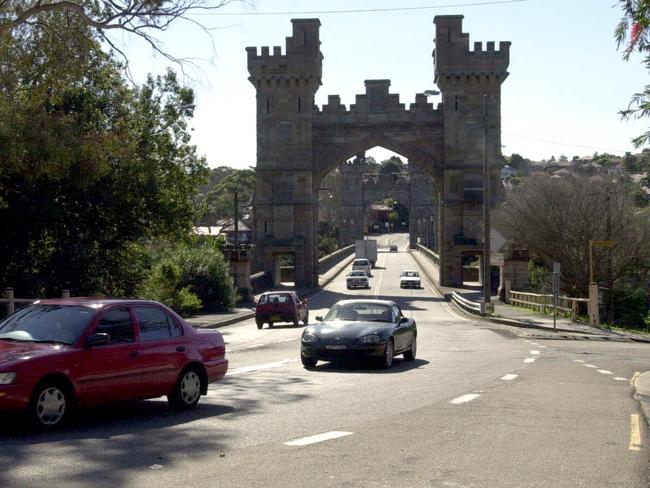
“They spent so much money on this extraordinary bridge, but there was a depression on at the time and the developers ran out of money.
“This is just one of the many fascinating stories of North Sydney. It really holds a special place in Australia’s history.”


Add your comment to this story
To join the conversation, please log in. Don't have an account? Register
Join the conversation, you are commenting as Logout
Here’s what you can expect with tomorrow’s Parramatta weather
As spring sets in what can locals expect tomorrow? We have the latest word from the Weather Bureau.
FBI warning as Israel reveals how it will mark October 7
A chilling message has been issued as Israel prepares to mark the grim anniversary of the attack that changed the world. See the photos, video.